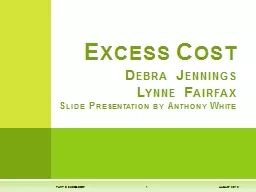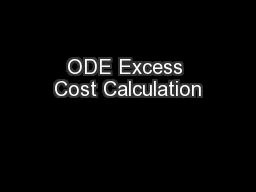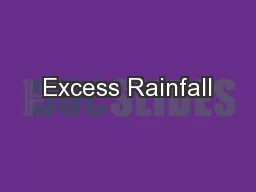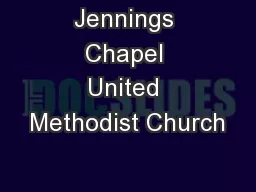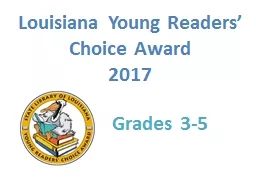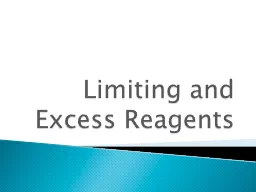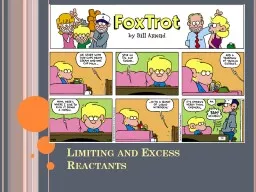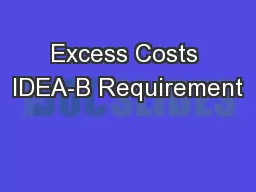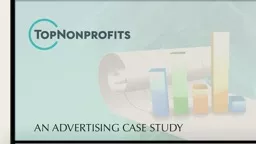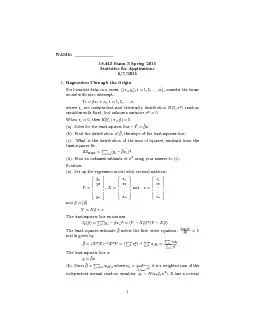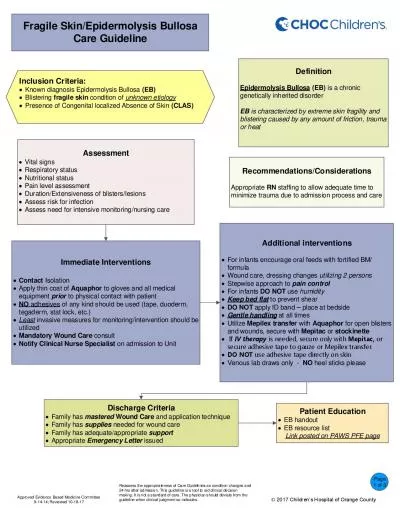PPT-Excess Cost Debra Jennings
Author : giovanna-bartolotta | Published Date : 2018-11-01
Lynne Fairfax Slide Presentation by Anthony White August 2012 Part B Excess Cost 1 SUMMARY Major Points to Remember To calculate excess costs Multiply the
Presentation Embed Code
Download Presentation
Download Presentation The PPT/PDF document "Excess Cost Debra Jennings" is the property of its rightful owner. Permission is granted to download and print the materials on this website for personal, non-commercial use only, and to display it on your personal computer provided you do not modify the materials and that you retain all copyright notices contained in the materials. By downloading content from our website, you accept the terms of this agreement.
Excess Cost Debra Jennings: Transcript
Download Rules Of Document
"Excess Cost Debra Jennings"The content belongs to its owner. You may download and print it for personal use, without modification, and keep all copyright notices. By downloading, you agree to these terms.
Related Documents

